Guide to Different Types of Lacrosse Sticks
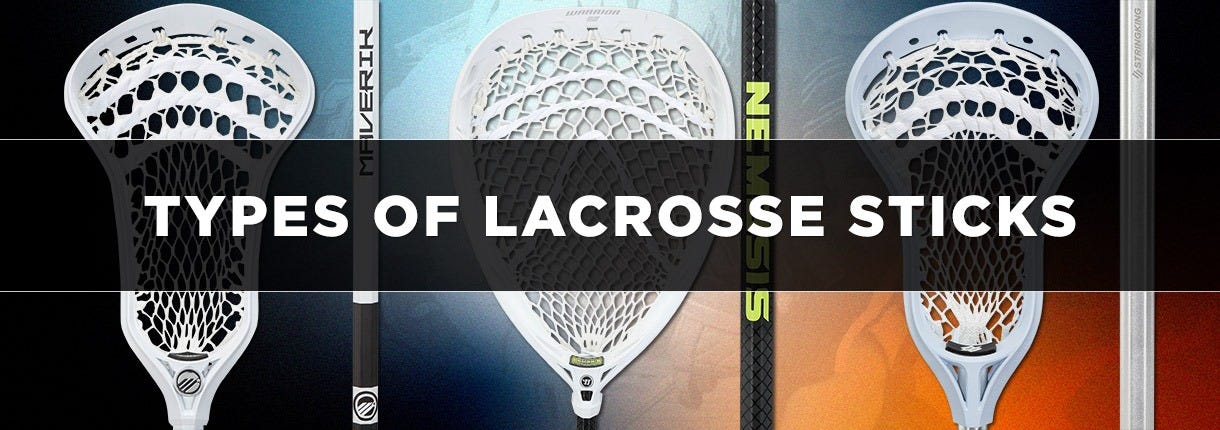
Have you ever watched a lacrosse game and wondered why some players have six-foot-long sticks and others don’t? Well, today we’ll be reviewing the different types of lacrosse sticks and why players use them! We carry all types of sticks to see all of our options, check out our full selection of lacrosse sticks.
In this article, we’ll cover:
- What Are the Different Types of Lacrosse Sticks?
- Attack & Middie Lacrosse Sticks
- Defense Lacrosse Sticks
- Goalie Lacrosse Sticks
- FAQs About Lacrosse Stick Types
To understand the different types of lacrosse sticks we first need to know about the different positions and their roles. Starting at the top of the field we have attack and middies. These players' roles are to carry the ball and score, so naturally they want a shorter shaft with a narrower head for more control and accuracy. Moving towards the bottom of the field is the defenders, these players' job is to stop the other team from scoring. So they use longer sticks with wider heads, the length allows them to throw checks from further away and the wider head makes it easy to knock down passes. Finally, we have the goalie, this player’s role is pretty obvious; save shots from going into the goal. The goalie gets to use a much wider head with a deeper pocket than any other player on the field, this makes it easier for them to make saves.
Attack & Middie Lacrosse Sticks
Attack and Middie sticks also known as short sticks or shorties are designed to offer ideal control and ball protection when carrying the ball. Having a legal length of 40”-42” a short stick is the perfect length for dodging and shooting on offense. Additionally, a middie lacrosse stick normally has a narrower head, making it harder to knock out the ball and allowing for more accuracy when passing. Check out our complete lineup of attack and middie complete lacrosse sticks!
Defense Lacrosse Sticks
Defensive players use a longer lacrosse stick often referred to as a d-pole or long pole. The d-pole is designed to aid a defender in guarding the goal, offering a longer reach for checks and knocking down passes. With a legal length of up to 72” the d-pole gives a player a much longer reach to throw poke and slap checks. Adding in a wider head, the d-pole is perfect for knocking down passes and picking up ground balls. Check out our complete lineup of defensive lacrosse sticks!
Goalie Lacrosse Sticks
Goalies have the most important role on the team; stop the other team from scoring. To do this they get to use a lacrosse stick with a much bigger head, two to three times larger than the average lacrosse head in fact! Combined with either a 30” or 40” shaft, a goalie lacrosse stick has to be wide and light enough to keep the player agile. Check out our complete lineup of goalie lacrosse sticks!
How many types of lacrosse sticks are there?
There are three different types of lacrosse sticks. These include the attack and middie lacrosse stick, the defensive lacrosse stick, and the goalie lacrosse stick.
Is there a difference between lacrosse sticks?
When looking at lacrosse sticks there will be two main differences. A defensive lacrosse stick will be much longer and a goalie lacrosse stick will be wider.
Why are girl's lacrosse sticks different?
Girl’s' lacrosse is a much different game than boy’s lacrosse, with different rules for what kind of stick is legal or not the girl’s lacrosse stick will feature a much shallower pocket than a boy’s lacrosse stick.
What is a box lacrosse stick?
Due to the high physicality of box lacrosse, the sticks used will be much heavier providing more durability to withstand harder checks.
What is a legal lacrosse stick?
A legal lacrosse stick is one that is the correct length and does not have too deep of a pocket.
Are there different types of lacrosse?
There is box lacrosse, field lacrosse, and women’s lacrosse. To learn more about these check out our article on the different types of lacrosse!
Find the Best Selection of Lacrosse Sticks at LacrosseMonkey!
Knowing what lacrosse stick each position uses is vital to having a successful lacrosse career. Hopefully, we have furthered your knowledge of lacrosse sticks after this article.

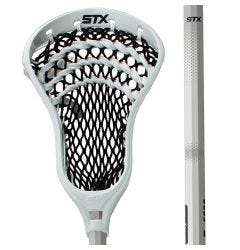
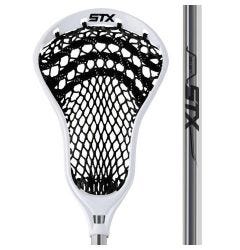
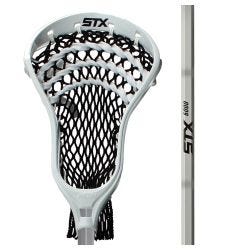
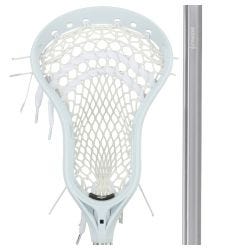
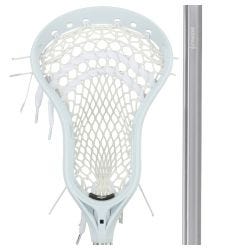
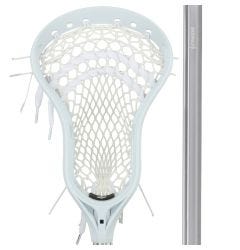
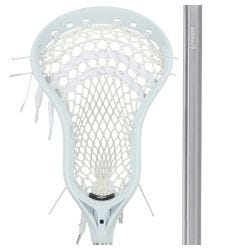



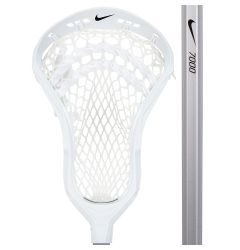
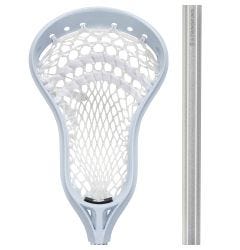

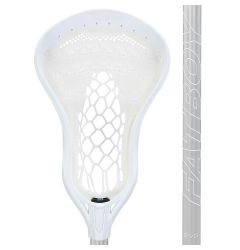
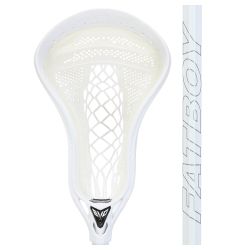
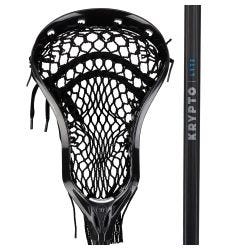
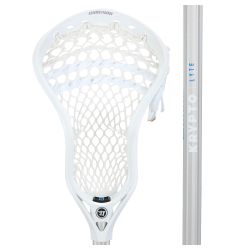
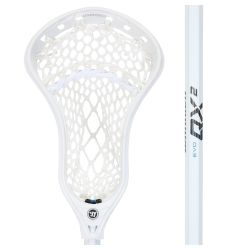
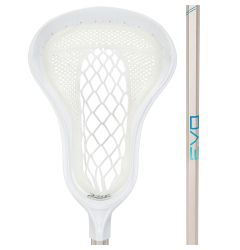


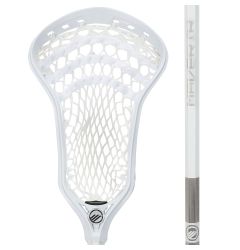


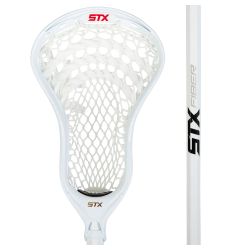
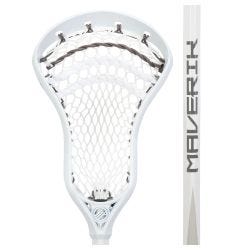
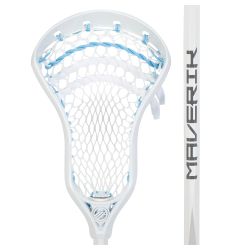
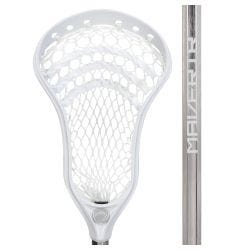
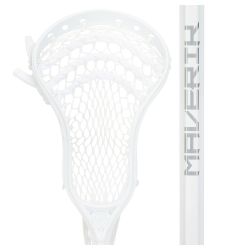
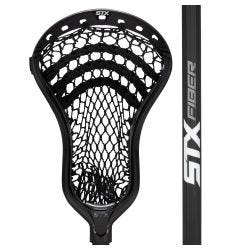
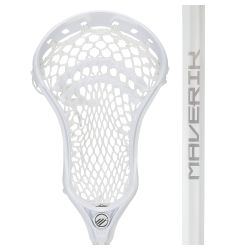
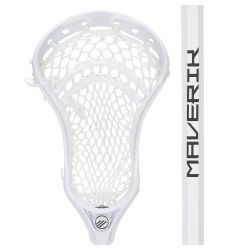
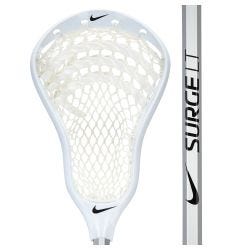
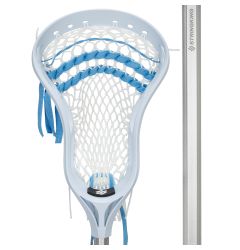
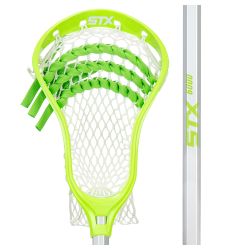
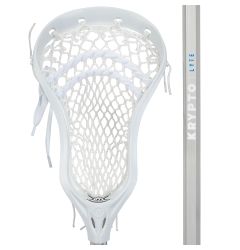
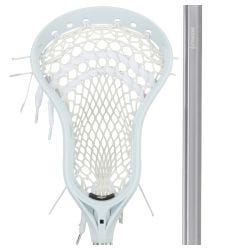
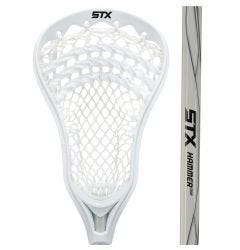
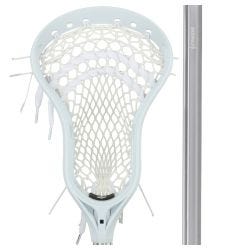
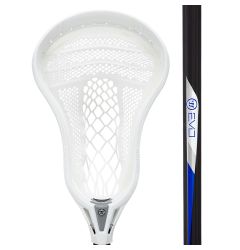
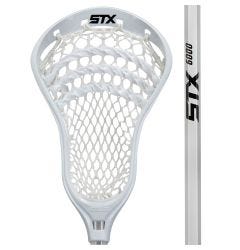
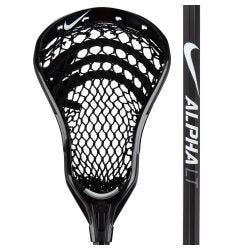

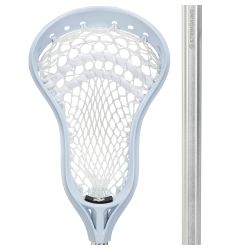
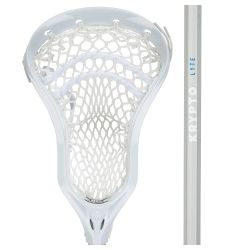
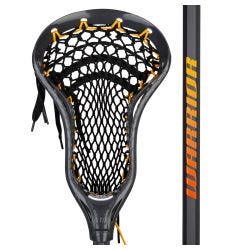

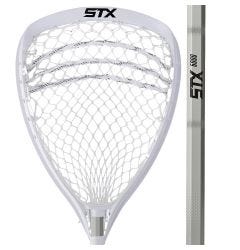

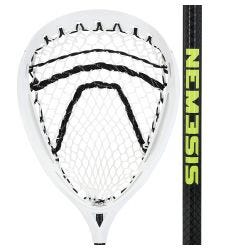
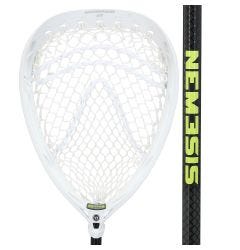

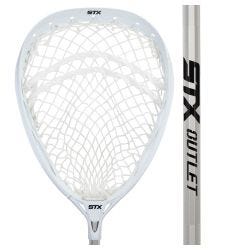





Login and Registration Form
or
Create an account